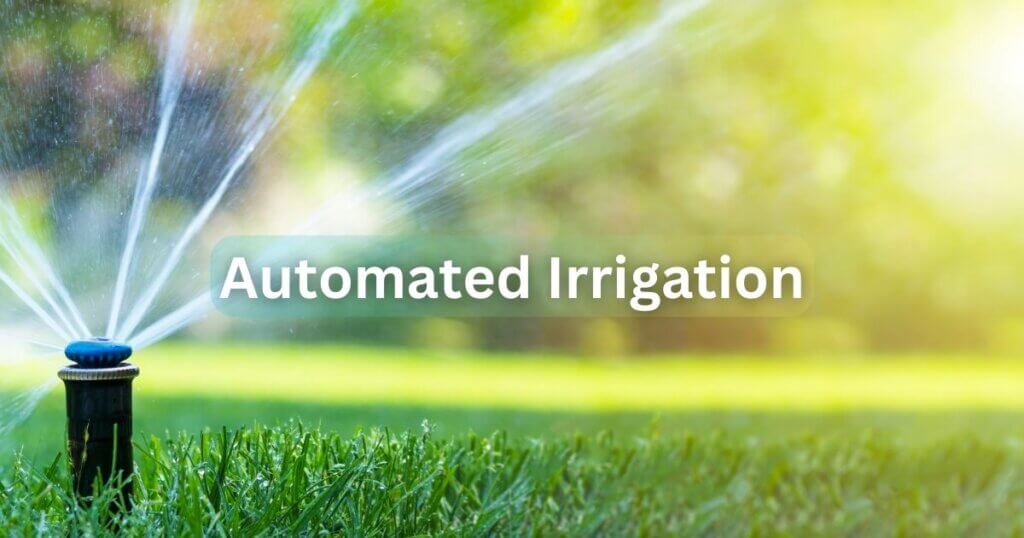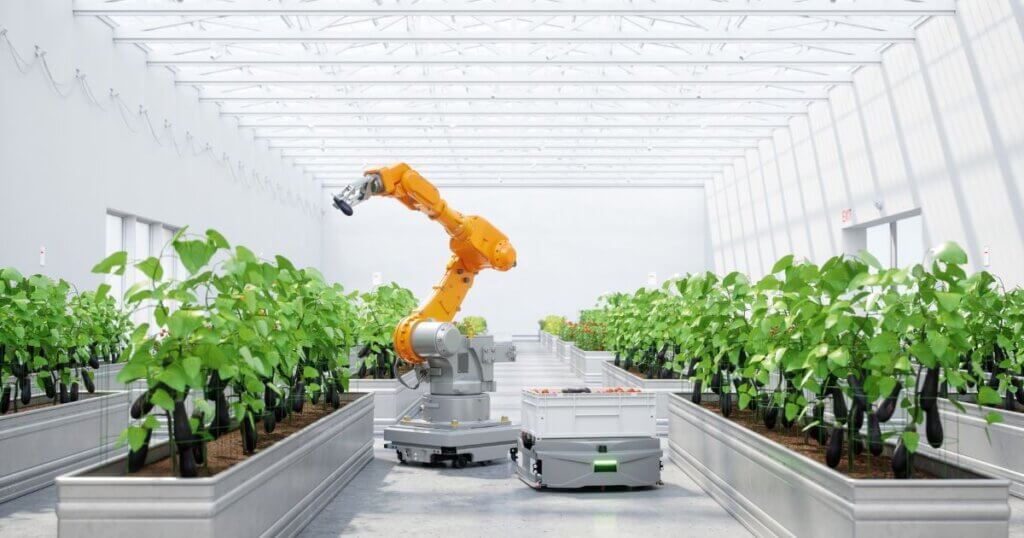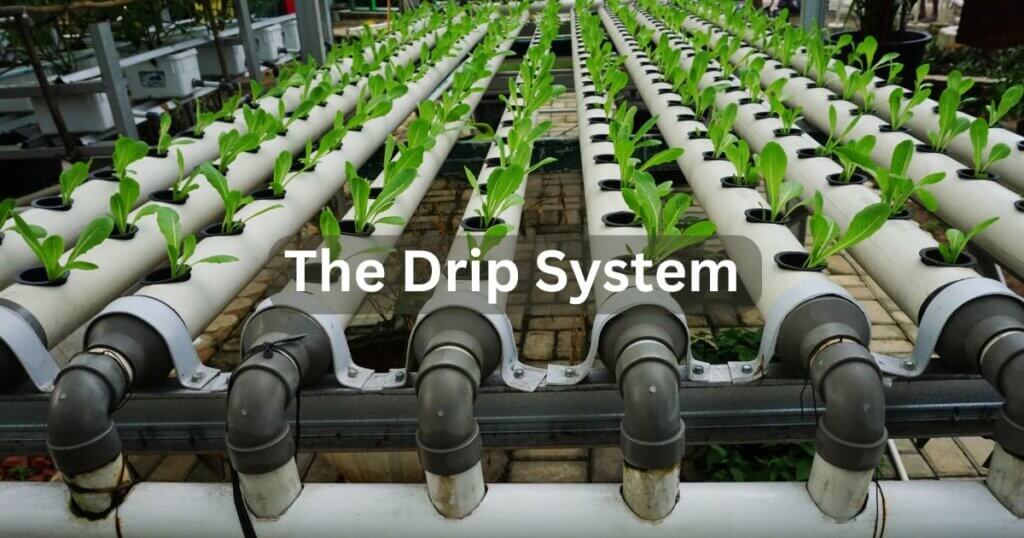Enhancing Machine Vision In Indoor Farming: Unlocking Precision And Efficiency
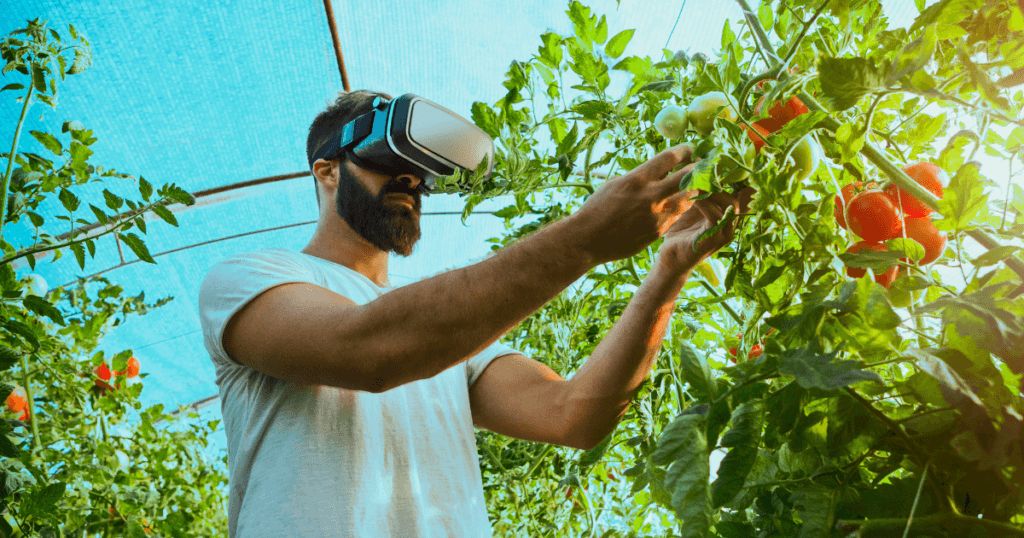
Some of the links in this post are affiliate links. As an Amazon Associate, we earn a referral fee from qualifying purchases—at no extra cost to you.
Enhancing Machine Vision In Indoor Farming: Unlocking Precision And Efficiency
Indoor farming, also known as controlled environment agriculture (CEA), has emerged as a promising solution to overcome the challenges of traditional farming methods. By harnessing technology, specifically machine vision, indoor farming has taken a giant leap forward regarding precision, efficiency, and sustainability. This article delves into the world of machine vision and its significant impact on the indoor farming industry. From the benefits of using advanced imaging and sensing technologies to optimizing plant health and resource management, we explore how machine vision revolutionizes indoor farming practices.
Table of Contents
Understanding Machine Vision in Indoor Farming
What is Machine Vision?
Machine vision refers to using imaging and sensing technologies, combined with artificial intelligence and data analytics, to enable machines to perceive, analyze, and understand visual information. By replicating human vision and integrating it with advanced algorithms, machine vision systems can process vast amounts of data and make informed decisions in real time.
The Role of Machine Vision in Indoor Farming
Machine vision has become an invaluable tool in indoor farming, enhancing the cultivation of crops by providing precise monitoring, analysis, and control of various parameters. By leveraging advanced imaging and sensing technologies, indoor farms can achieve unprecedented efficiency and productivity. Let’s explore some key areas where machine vision plays a pivotal role.
Monitoring and Analysis of Plant Health
Early Detection of Plant Diseases
One of the primary benefits of machine vision in indoor farming is its ability to detect and diagnose plant diseases early. By continuously monitoring plants through high-resolution cameras and specialized sensors, machine vision systems can identify subtle changes in plant appearance, such as discolouration, leaf wilting, or unusual growth patterns. These systems can analyze and compare the captured images to a vast database of known plant diseases, enabling early detection and prompt intervention.
For growers looking to implement basic machine vision monitoring, a weather-resistant HD smart camera like the Wyze Cam V3 offers crisp, real-time footage of plant health, perfect for early disease detection.
Nutrient Deficiency and Stress Detection
Machine vision technology can also monitor the nutritional status of plants, ensuring they receive the optimal amount of essential nutrients. By capturing images of plants at different growth stages, machine vision systems can analyze leaf colour, texture, and size variations, indicating potential nutrient deficiencies or stress. This data-driven approach enables farmers to precisely adjust nutrient levels, preventing yield loss and optimizing plant health.
Precision Crop Management
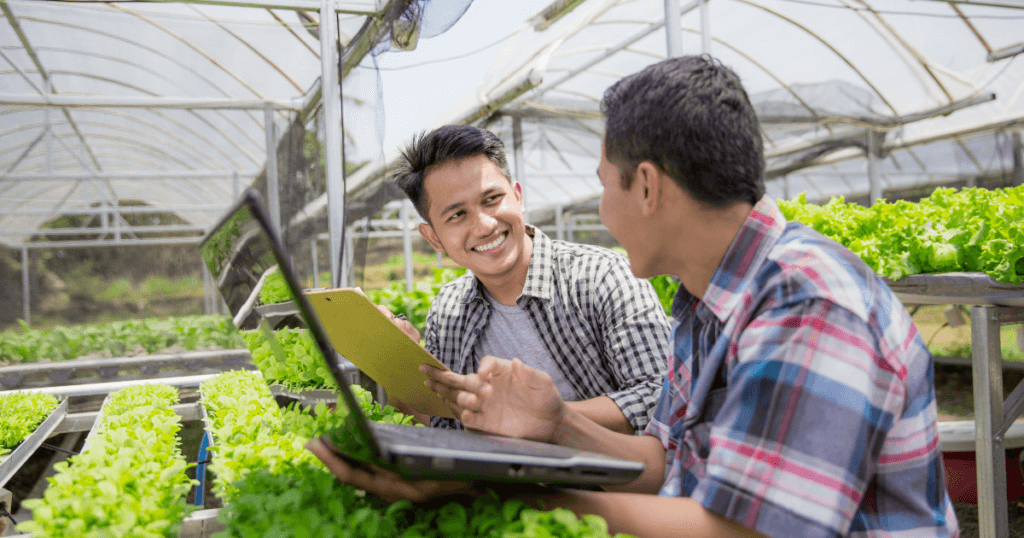
Automated Plant Growth Optimization
Machine vision technology enables indoor farmers to monitor and control environmental parameters for optimized crop growth closely. By integrating sensors and cameras with intelligent algorithms, machine vision systems can assess factors like temperature, humidity, light intensity, and CO2 levels in real time. This data enables automated adjustments to create an ideal growth environment, ensuring plants thrive and achieve their maximum potential.
Maintaining ideal growing conditions is essential. A smart sensor like the Govee WiFi Thermo-Hygrometer lets you track temperature and humidity remotely, with alerts to help automate your climate settings.
Efficient Resource Management
Machine vision systems enable indoor farmers to minimize resource wastage and improve efficiency. By precisely monitoring water usage, nutrient application, and energy consumption, these systems provide actionable insights for resource optimization. This level of precision reduces costs, enhances sustainability, and minimizes environmental impact.
Reduce water waste with a smart irrigation system like the Rachio 3 Smart Sprinkler Controller, which adapts watering schedules based on real-time sensor input and weather conditions.
Crop Quality and Yield Enhancement
Sorting and Grading of Produce
Machine vision systems excel at grading and sorting harvested crops based on quality, size, and other parameters. High-resolution cameras and intelligent algorithms analyze the visual characteristics of each produced item, ensuring consistent quality control and optimizing market value. By automating this process, indoor farmers can significantly reduce labour costs and increase overall efficiency.
For small farms looking to automate produce sorting, a smart scale like the KitchenAid Digital Scale with app-based grading tools helps streamline size and weight classification.
Yield Prediction and Optimization
Machine vision technology can also help indoor farmers predict and optimize crop yields. Machine vision systems generate accurate yield predictions by analyzing historical data, growth patterns, and environmental conditions. This information enables farmers to maximize planting schedules, adjust cultivation techniques, and make informed decisions to maximize overall yield.
Conclusion
Machine vision is revolutionizing the indoor farming industry by unlocking precision and efficiency in crop cultivation. The advanced imaging and sensing technologies associated with machine vision empower farmers to monitor and analyze plant health, optimize resource management, and enhance crop quality and yield. As indoor farming continues to gain traction as a sustainable solution to global food production challenges, the integration of machine vision will play a vital role in ensuring its success. By embracing this cutting-edge technology, farmers can unleash the full potential of indoor farming and contribute to a more sustainable and resilient agricultural future.
FAQs – Machine Vision In Indoor Farming
1. How does machine vision compare to traditional methods of plant monitoring?
Unlike traditional methods that often rely on manual inspections or basic tools, machine vision provides real-time, high-resolution monitoring with the ability to analyze large amounts of visual data simultaneously. This leads to faster detection of plant issues, greater precision in identifying plant health, and more efficient decision-making processes.
2. What types of sensors are typically used in machine vision systems for indoor farming?
Machine vision systems often incorporate various types of sensors, including RGB cameras (for standard imaging), multispectral sensors (to detect different wavelengths of light), and thermal cameras (to monitor temperature variations). These sensors allow for a comprehensive analysis of plant health, nutrient status, and environmental conditions.
3. Can machine vision be integrated with other technologies in indoor farming?
Yes, machine vision systems are often integrated with other advanced technologies like Internet of Things (IoT) devices, automated climate control systems, and robotic harvesting systems. This synergy allows for holistic farm management, where data from multiple sources is processed to automate processes like irrigation, fertilization, and pest control, further enhancing operational efficiency.
4. What challenges do farmers face when adopting machine vision in indoor farming?
One of the main challenges is the initial investment cost, which can be high for high-end machine vision systems. Additionally, farmers may need to undergo a learning curve to effectively use these technologies and interpret the data. System integration and maintenance can also present technical challenges, requiring skilled staff or technical support to ensure optimal performance.
5. How does machine vision contribute to sustainability in indoor farming?
Machine vision aids sustainability by optimizing resource use, reducing waste, and increasing yield predictions. By accurately monitoring plant health, nutrient needs, and environmental conditions, machine vision helps farmers use water, fertilizers, and energy more efficiently, leading to reduced environmental impact and improved crop productivity.
Useful Resources Related to Machine Vision in Indoor Farming
- 3D Machine Vision in the Agriculture Industry: This article discusses how 3D machine vision technologies are revolutionizing agriculture, particularly in automating processes from seed to harvest, including precise fruit picking.
- How Machine Vision is Revolutionizing Farming: This blog post explores the impact of machine vision on modern farming practices, highlighting its role in addressing challenges such as labor shortages and the need for increased productivity.
- FarmBot: Open-Source CNC Farming: An overview of FarmBot, an open-source project that integrates machine vision with robotics to automate gardening tasks, demonstrating the potential of machine vision in small-scale indoor farming.
- iFarm: Automated Vertical Farming with AI and Drones: This article highlights iFarm’s use of machine vision and AI to optimize vertical farming, offering insights into automated crop monitoring and management in indoor environments.
- FarmWise: AI and Robotics in Agriculture: An exploration of FarmWise’s automated mechanical weeder that utilizes AI and machine vision to efficiently remove weeds in vegetable fields, showcasing the integration of machine vision in large-scale farming operations.




